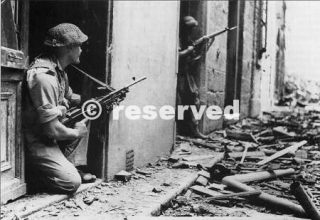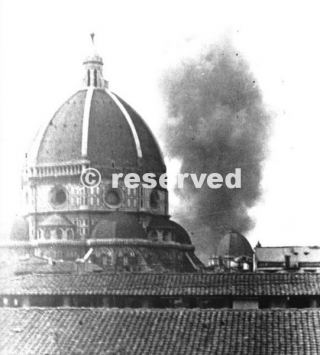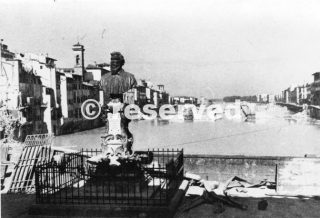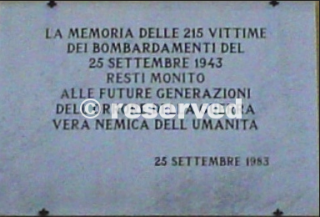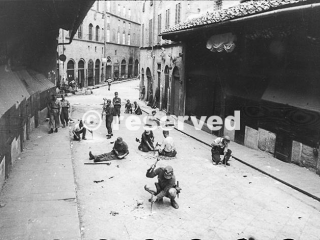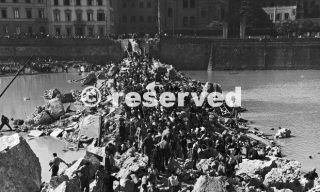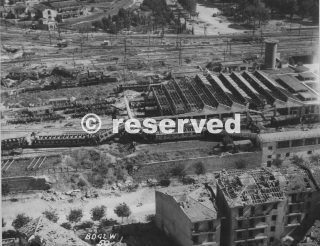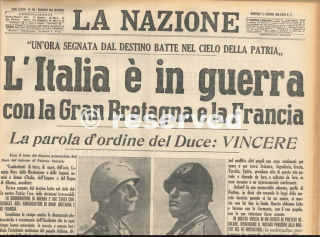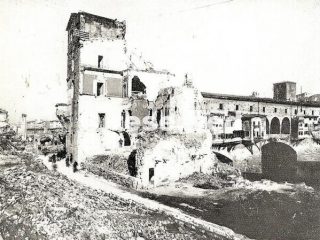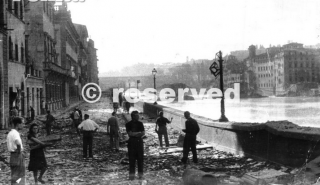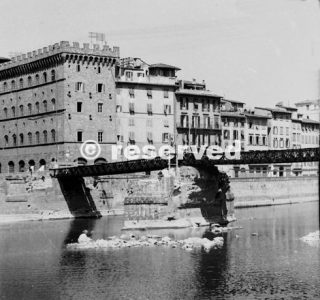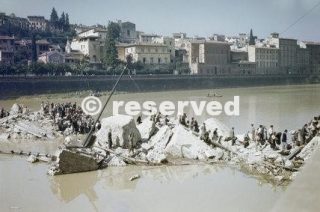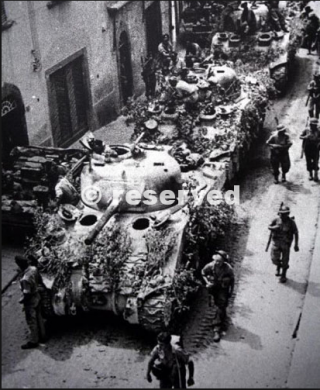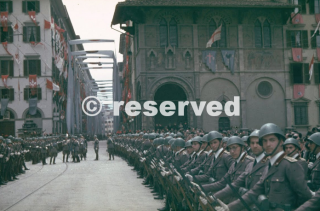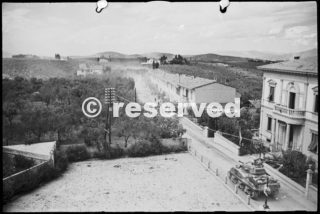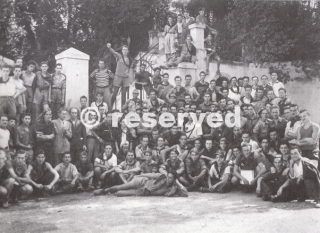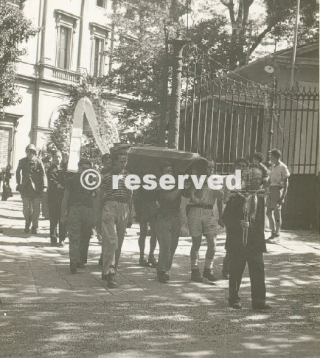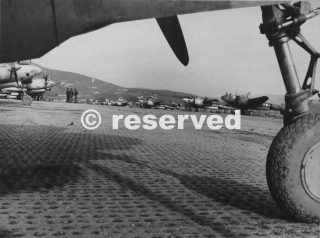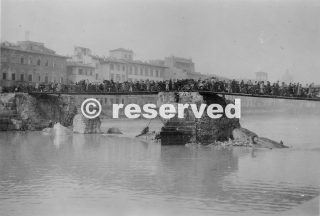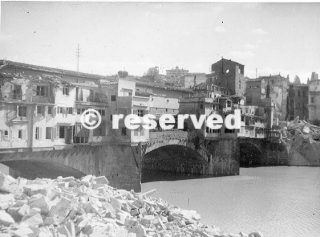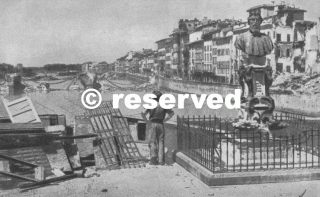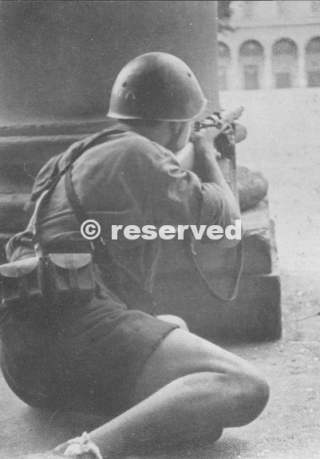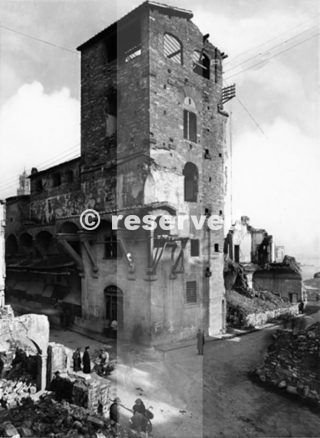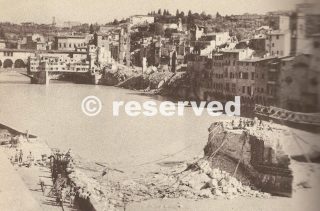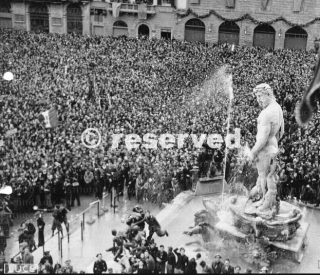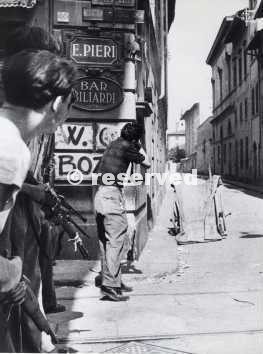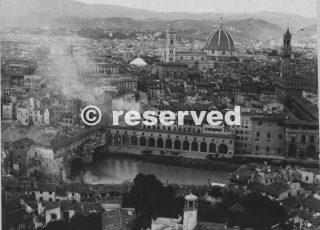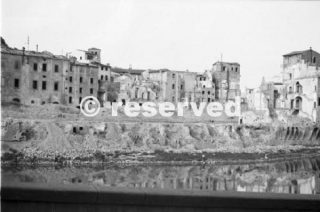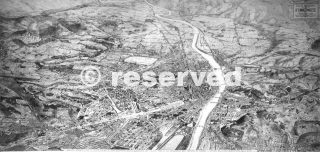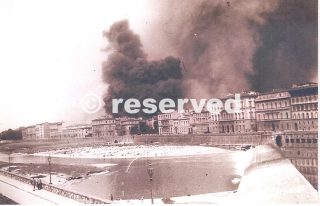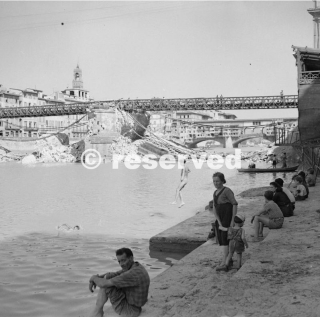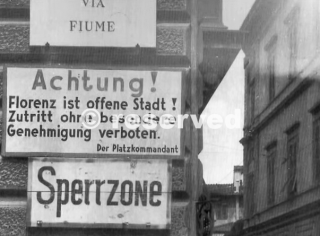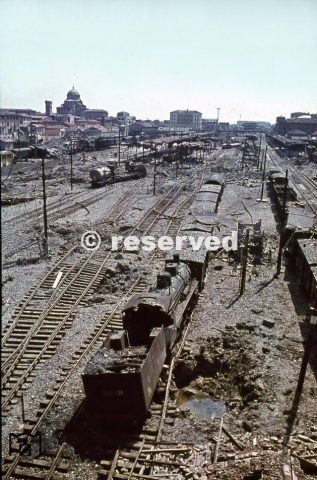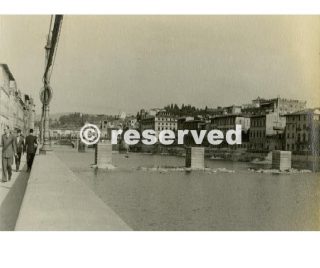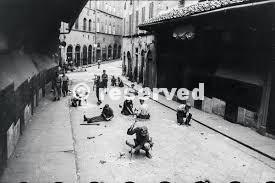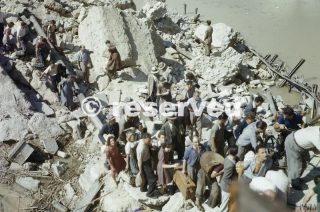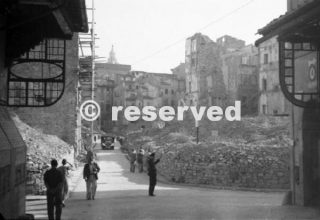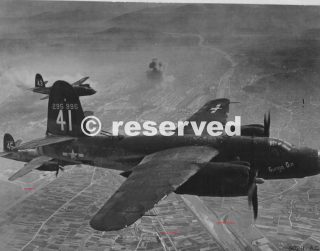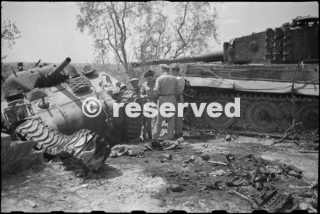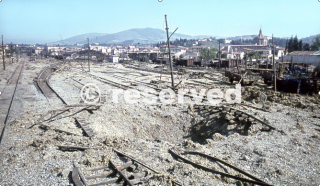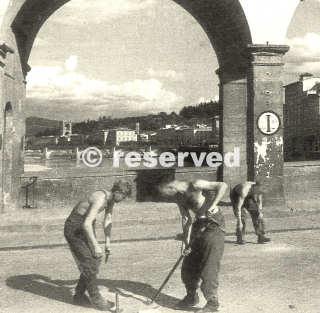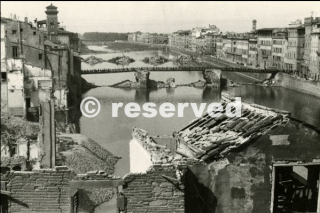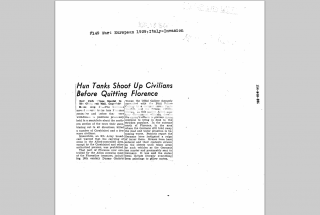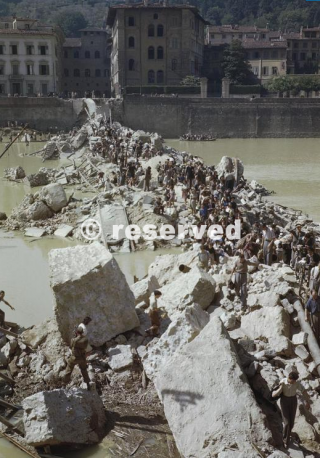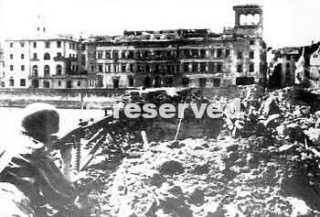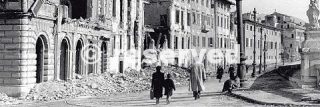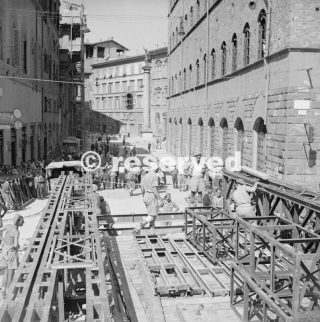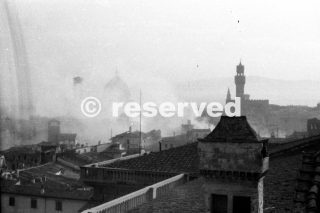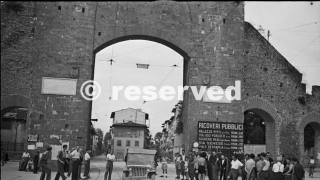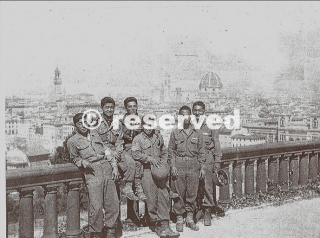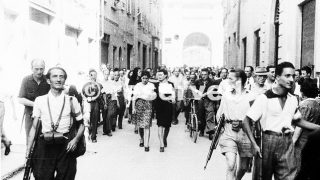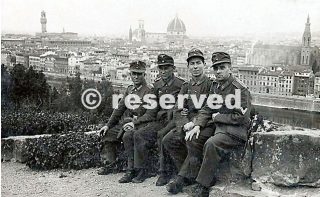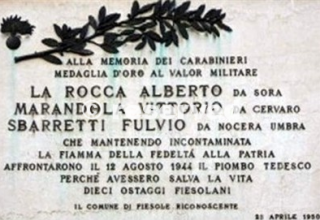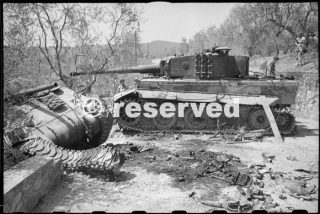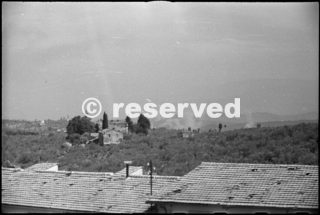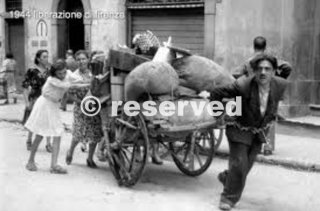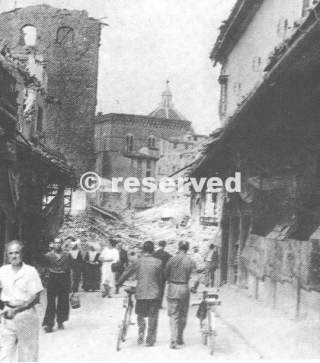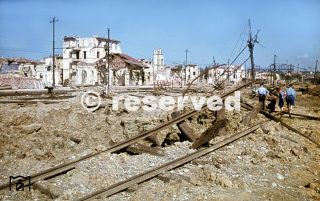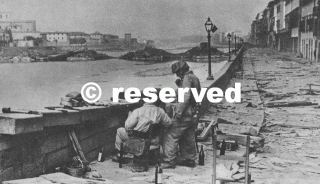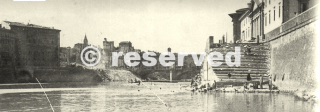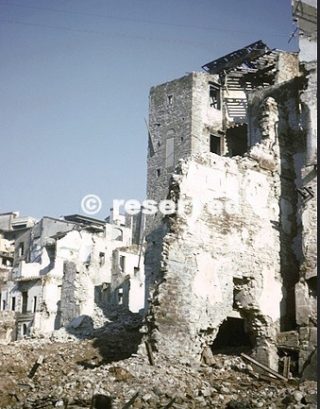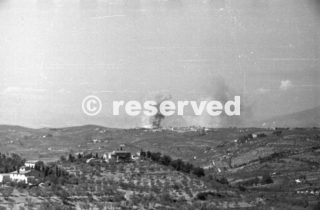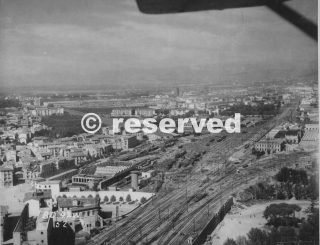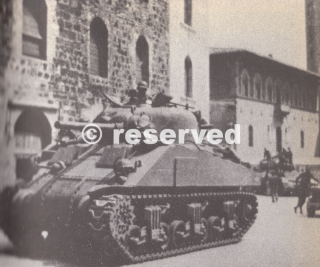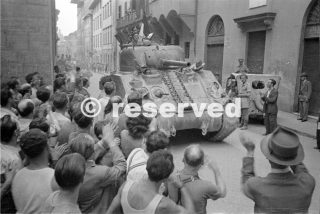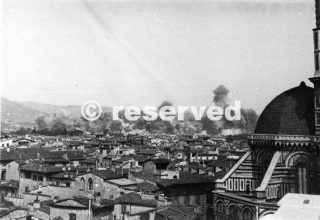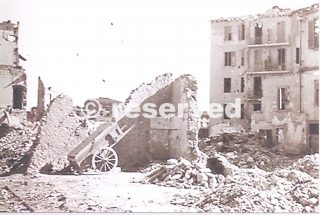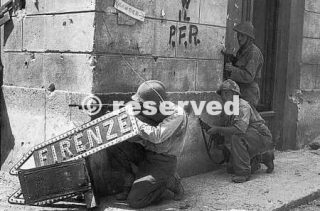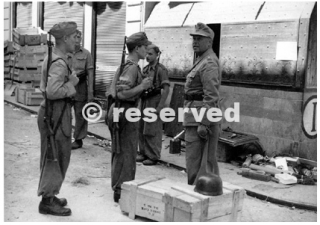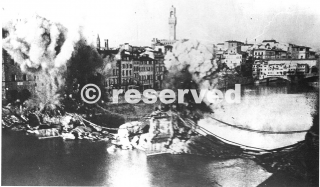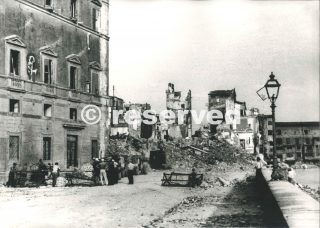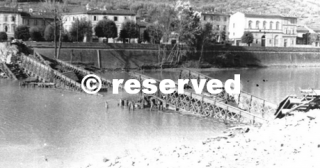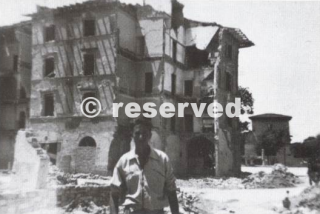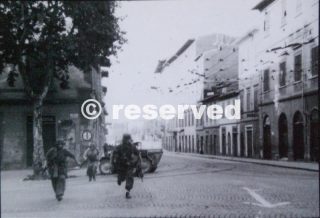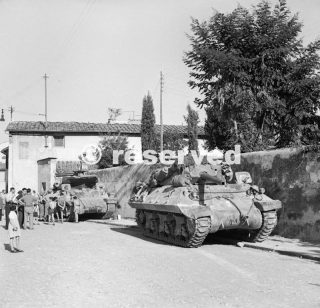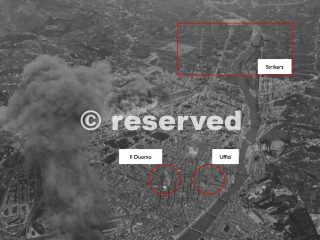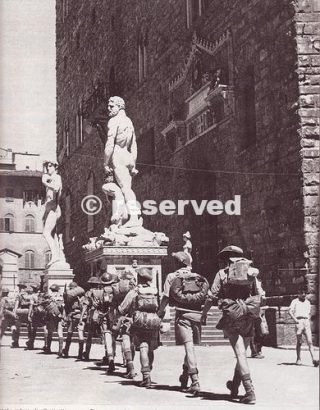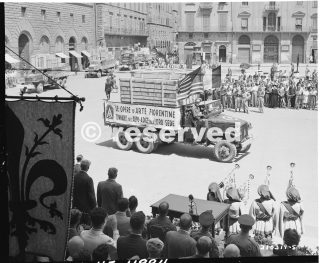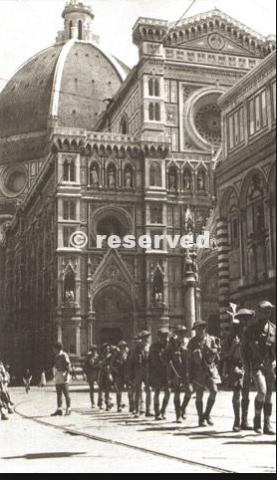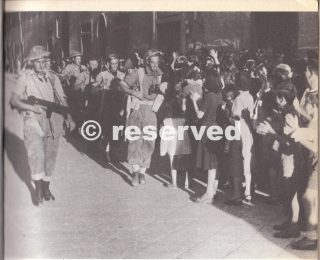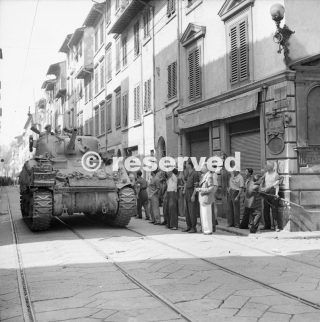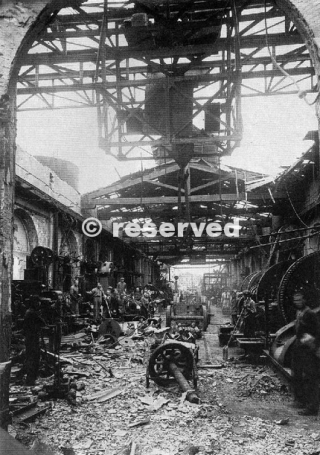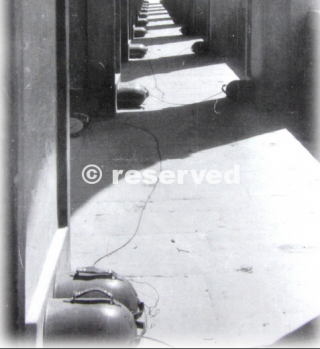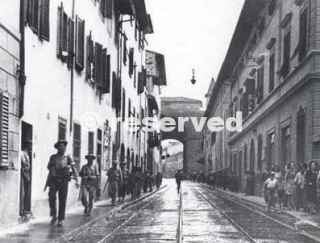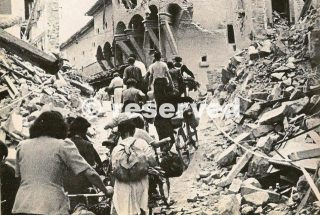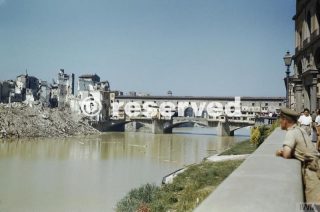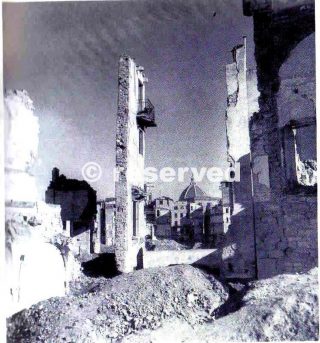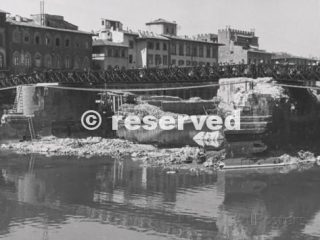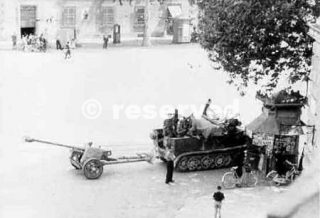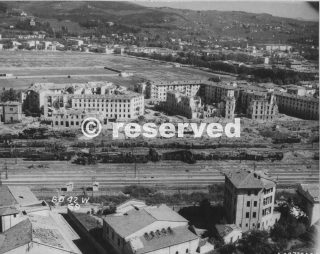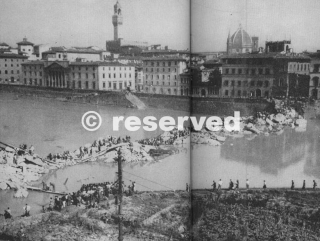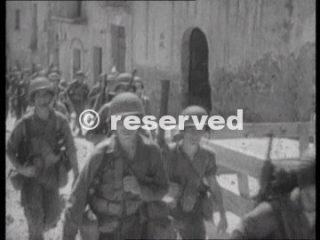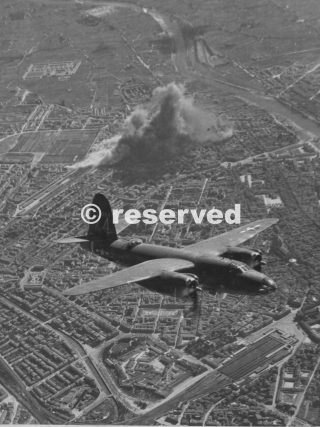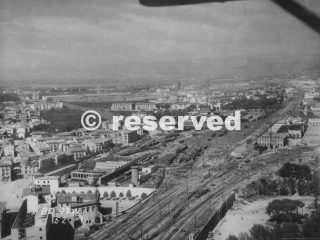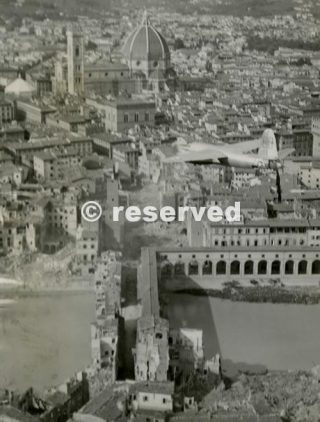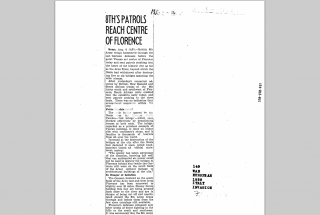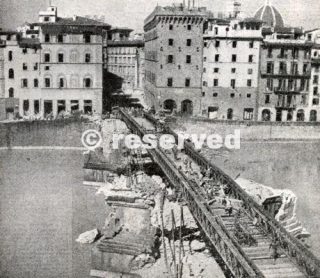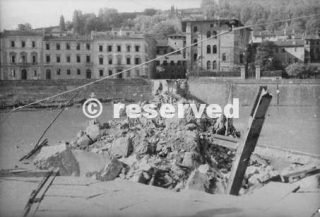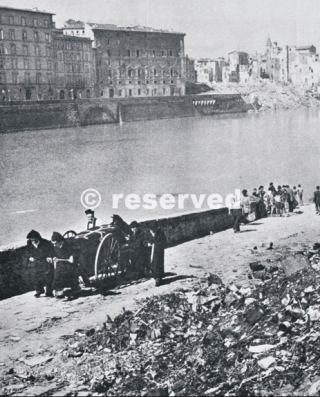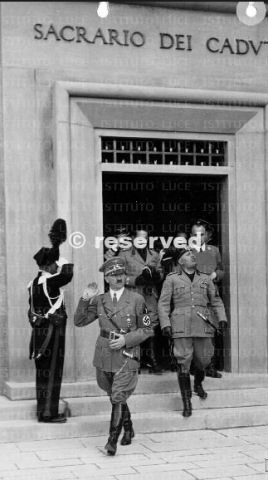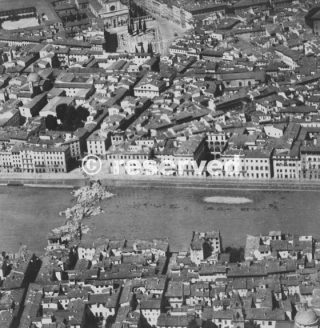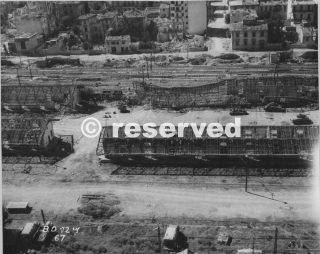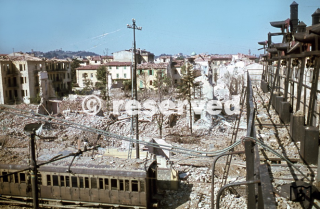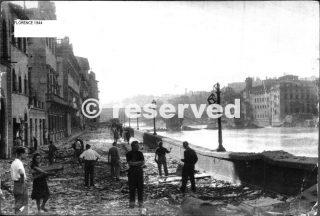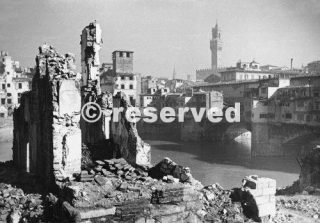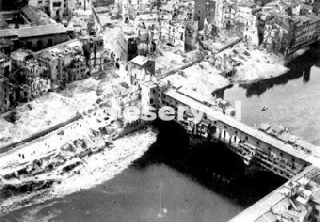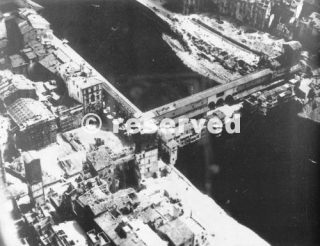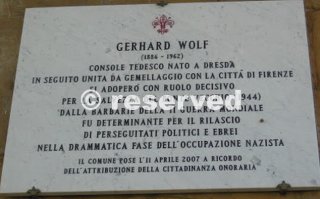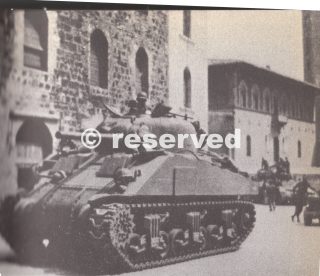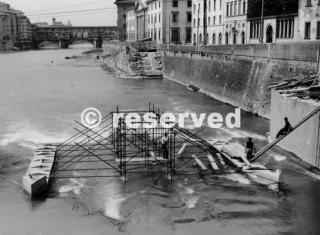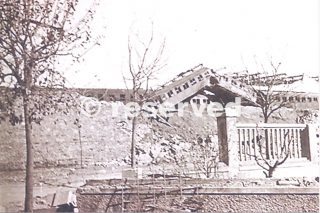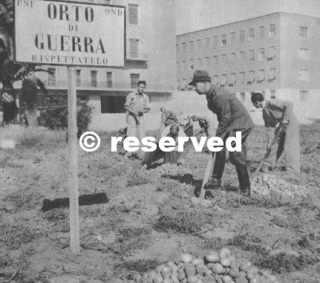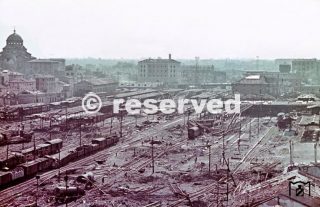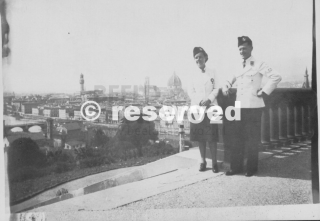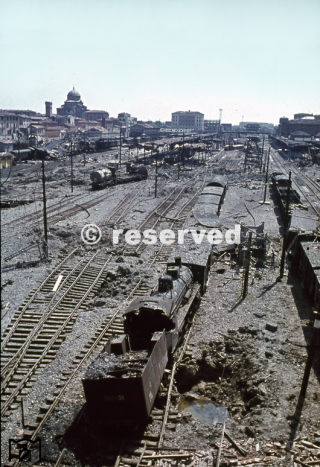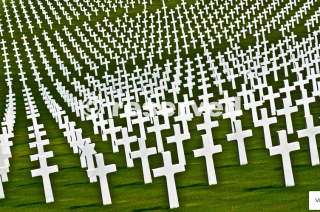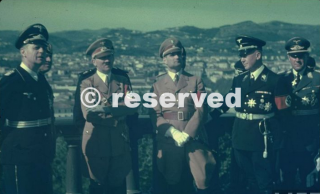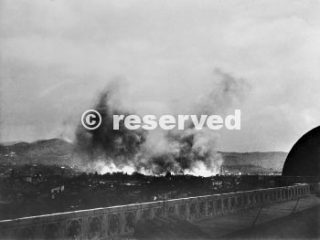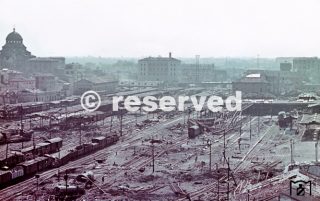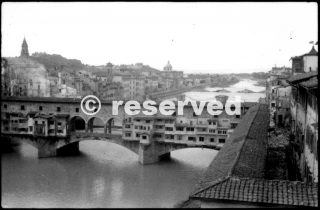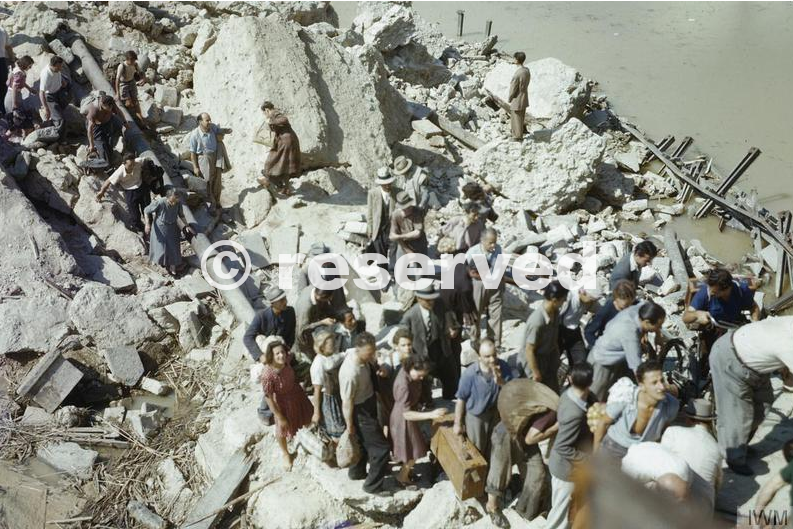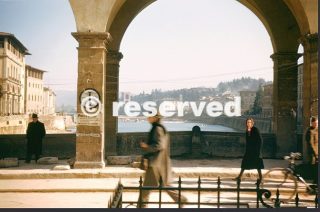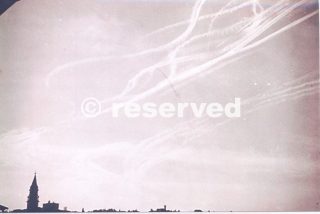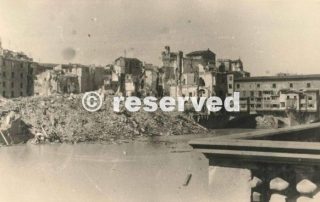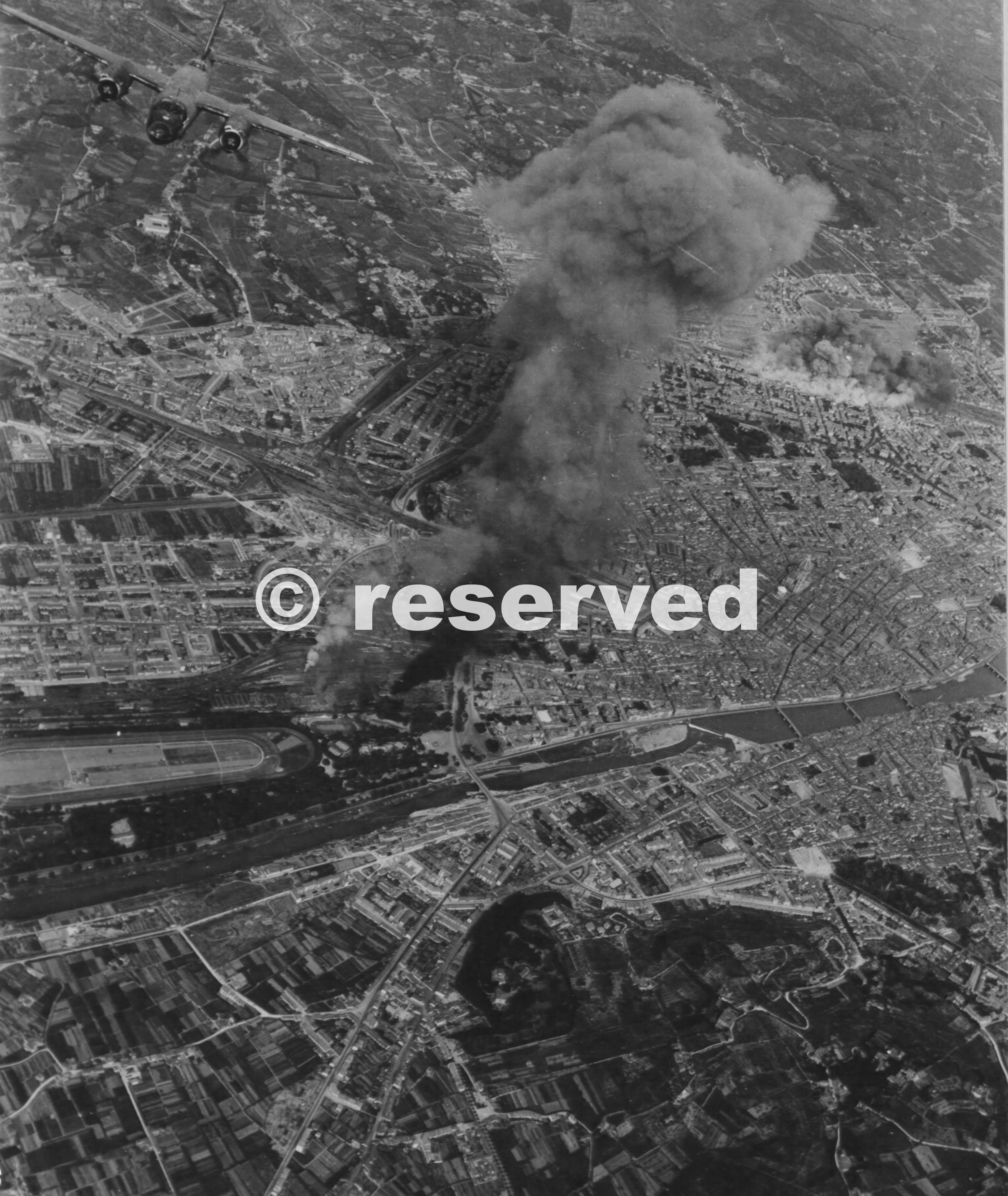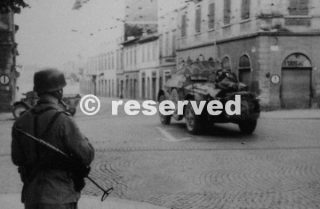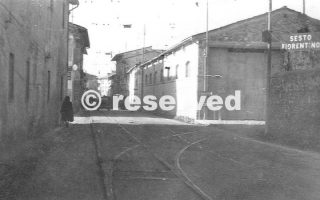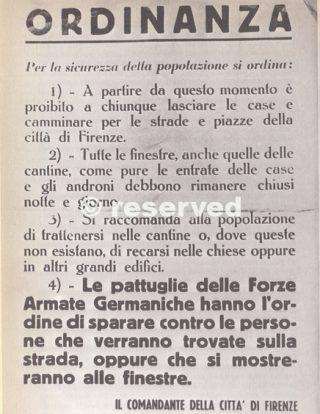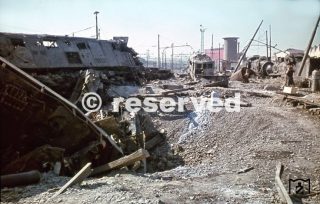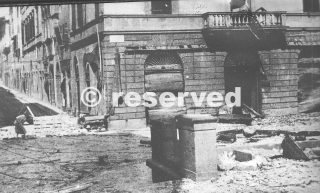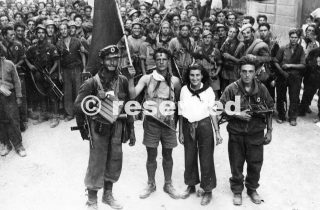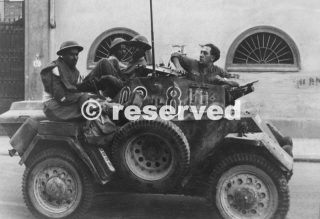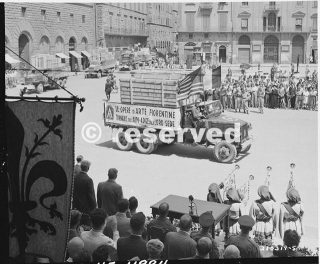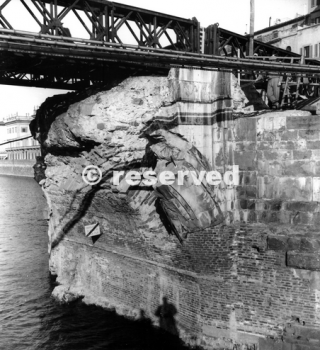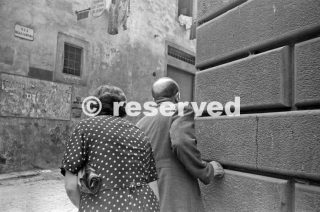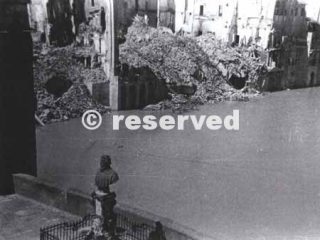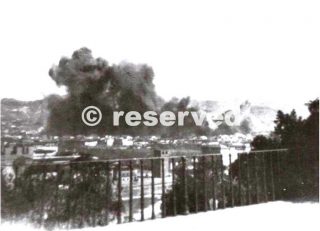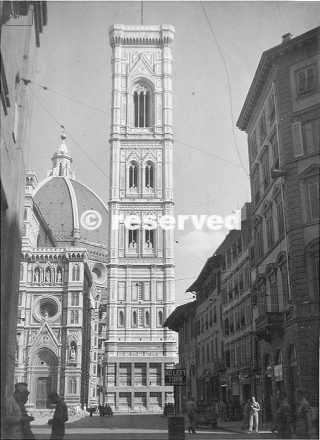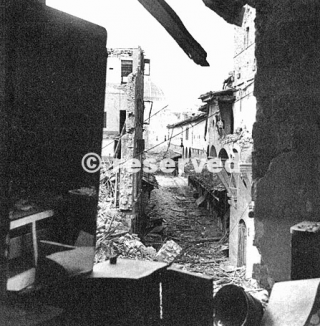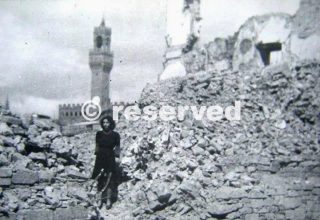Florence World War II
1944 the tragedy of World War II Florence historical photos 1944 testimonies of incidents and events Tuscan WWII War and Remembrance, testimonies photographs. (WAR FLORENCE 1944) PONTE VECCHIO PONTE ALLE GRAZIE CENTRO STORICO HISTORICAL CENTER.
http://lasuposta.altervista.org/
—————————————————————————————————
The war of the Florentines – And ‘the beginning of the war that the city of Florence almost appear with increasing frequency formations allied air. They fly over the city center now coming from every direction, and directed mainly to the cities of northern Italy and the countries placed immediately to the east of Florence, along the Arno and Sieve, where the railway passes for Rome. In particular, Compiobbi, Le Sieci, Pontassieve and above, are subjected to a pounding that you almost daily, and reduced to a pile of rubble. For the Florentines is almost cynical practice: when you hear the roar of the engines, just raise your eyes to heaven, and you say “so go to Pontassieve”. Florence is a special city, swells of art and treasures. Both the Allies that the Germans implicitly recognize this specificity, and, without ever declaring it in official terms, avoid, at least as long as possible, any act of war on the Tuscan capital. This from the Florentines some weak sense of inviolability. Moreover, this feeling seems to have unwisely extended to military commanders, who, oblivious to the most elementary notion of defense, placing the batteries of anti-aircraft behind the town, the hills immediately overlooking homes and buildings in that useless “band the too late “that stubbornly never be changed. But in 1943, things change, and change traumatically. After the armistice, the atmosphere in the city is heavy. Not so much for the German repression (in fact, the German consul Wolff will do everything to save destruction and suffering), but for the presence of fierce band of fascist Mario Charity, a sadist and “refined torturer who loves rage particularly against women” (as He called it the historian Roberto Roggero). Began the first acts of resistance. Piero Bargellini, in his “History of Florence Beautiful” in 1967, operates parzialissima, omission, biased partisanship and right, complains these actions and the bubble as cowardly and counterproductive. He tells of a railway track blown up with plastic Varlungo area, and regrets because the perpetrators of the act remained unknown. Democrazielgalita.it is now able to make a historical revelation, to reveal the names of those who – within the city, then do not belong to partisan – gave beginning, with this action, the Florentine resistance. They were a group of boys of 18-20 years living in the area of the river Affrico (now filled in) and Piazza Leon Battista Alberti. Among them, Marcello Cinganelli, Emilio Dini Paolo Galimberti and Carrara Lucioli Avio, who later took part in several editions of the Olympic Games (in the hammer throw). This and other small, spontaneous formations perform blitz towards more or less easy, while the GAP begin to make real inroads, with bombings, killings, assaults on barracks. But the war still seems as remote. Until September 25.
Bombs and death – was a Saturday, the sun was shining, the air was sudden appearance of training: despite the clear sky, the alarm was not sounded. Local residents Alberti-San Salvi clearly saw planes approaching from the west. Following them with his eyes, they thought dirigessero of Pontassieve, as usual. But suddenly the dogs went wild with fear. In the general silence, barking and yelping echoed in the streets and courtyards. And only then everyone saw the arei subside and the bombs fall. Someone did so in time to escape. The roar of the first explosion came from Via Marinelli. There was a terrified flee to shelters or to the banks of the river Affrico, while explosions followed one another all around. Many citizens, unprepared and without any previous experience, closed recklessly at home. The objectives were the railway station and Campo Marte, but were not affected, although, as mentioned, a perfect view. Unfortunately were the houses, mostly held by small and inhabited by the working classes, to be centered. The long road Marinelli and its bars were devastated, and many bombs fell also in the area of the stadium, and further south, on the avenues and on Freedom Square. Large gashes opened the sides of buildings left standing, and some houses in the Art Nouveau style of Viale Mazzini. Up to the present via the Cape of the World, a tram line 6 had been abandoned in the street by the driver and passengers in flight, who had sought refuge in a house near there. Unfortunately a bomb right in the center, killing them all. He survived, luckily protected by a beam, only a baby a few years. Via Giovanni Angelico, it was damaged the famous brothel “the Paradisino” The war erupted in every aspect of city life.
The plaque in via Marinelli
The budget for the first attack on defenseless Florence (which had been declared an “open city”) was 215 deaths, and an unknown number of wounded. 215 people from all walks of every condition, who had not had time to rejoice in the armistice. Despite the past three years of war, it was a shock. While the wounded were taken to hospitals and makeshift rescue centers, displaced people reached the requisitioned houses of the old town, helping to quell’ammassarsi of people that would bring many health problems. The tragic 1944 between resistance, air raid warnings and repressions – The bombing resumed, six, in January 1944. 19 Florentines suffered the first night attack. On 11 March, two raids before it falls on the Champ de Mars and then between the river Mugnone and the popular district of Rifredi. This time, it is this second area to suffer more the effects: Piazza San Jacopino is destroyed, the avenue Redi is severely damaged, collapsed buildings, fire, an ambulance was hit right in the middle of the road. It has been hit the military target, the train depot. Wagons and locomotives are scattered, reduced rolling, all around, between workers and railway workers there are many victims. This certainly contributes to the unfolding of the strike on March 3, and the tragic deportation of hundreds of workers, rounded up in retaliation by the fascists and deported on sealed wagons to Germany.
March 22, 1944: the Special Court for extraordinary punishing draft dodgers decides to shoot five young raked in Vicchio, to be an example to the recruits, who are forced to witness the shooting: dawn so the Field of Mars Antonio Raddi Adriano Santoni, Guido Targetti, Ottorino Quiti and Leandro Corona are shot in the presence of the recruits and the Fascist authorities against the wall of Florence’s Stadium. On March 23, it is on already proven square Alberti and around that, at 11, strikes a new firestorm and horror. Twenty-four British aircraft, having hammered square of the Cure, the Avenue of the Thousand and the bridge of the Pine, flying over the old town (a bomb explodes next to the Basilica of Santa Croce) and throw the burden on houses close to the railway and the road Arezzo. The inhabitants, between a stream and the other, flee mad with terror to the banks dell’Affrico and to refuges, one located in via Lorenzo Di Credi, the other, more secure, at the Salesian church, in via Gioberti. The explosions knock down the bridge over the stream of the square, some of the buildings in Via Aretina, many houses in the square Alberti, and virtually the entire way you believe, from number 2 to number 16. The local shelter becomes a death trap for about forty people who had sought refuge, including many elementary school children. The parents came running from their occupations can only extract the bodies from the rubble. A part of the population accumulates in the nearby park of the psychiatric hospital of San Salvi, sleeping on the steps of the wards or in the gardens, displace other, or toward the center, or to the location of the device Nave a Rovezzano, along the Arno. The Germans, though not preparing any specific anti-aircraft defense, prudently patrolling the sky. Just to the ship, a curious thing happens: a German reconnaissance aircraft flying at very low altitude over the river, and, with the cart, lock onto power lines, overturning in the shallows. Immediately passersby and peasants are thrown to rescue imprudent pilot, who, rintontito by blow, risks drowning, being bound by the seat belt upside down. Plane leaving packages and boxes, some routes. The Florentines the open, and there are hundreds, perhaps thousands, of women’s stockings!
A rarity in times of war, found who knows where, who knows who designed, reach for some reason so precariously on a small aircraft. In the following days, women and girls of the county lived moments of little unexpected luxury. On April 15, he is killed in Salviatino, Giovanni Gentile. The partisan author of the attack will be tortured and will find death in the “villa sad” Charity run by the band. Another major bombing took place on May 1, and in addition to the area of the field of Mars, is hit to Porta al Prato. The railway workshops and the Theatre are on fire, because the load was dropped incendiary devices consisting of phosphorus. The next day, another incursion, this time on the country village of Grassina, and even San Jacopino, Rifredi and Champ de Mars, where the railway is finally struck. Again it comes to phosphorus bombs, which burn everything around. Accompanying bombers, a group of “Spitfire” grapeshot fugitives along the Via Aretina. .
The raids are diraderanno a little with the reach of the front. Meanwhile the repression becomes more violent. On June 7, 1944, the Germans arrested representatives of the Committee of the Action Party Radio, Radio “Cora”, at 12 Piazza d’Azeglio: Enrico Bocci, head of the group, his secretary Gilda La Rocca, the Italian captain Piccagli Luigi Morandi, Carlo Ballario, the lawyer’s wife Maria Bocci, the engineer Guido Focacci and Franco Gilardini. Along with his sister Andreina Morandi and his parents, who were arrested shortly after, they are taken to Villa Triste and delivered to the fascists. Bocci and Piccagli accuse of all crimes exonerate others: all are tortured and beaten maltrattai with indescribable violence, but no one reveals useful information. On July 17 the Republicans fired on the crowd in Piazza Tasso, killing four adults and a child, and by numerous injuries. A city broken and free – At 21 of August 3, after having given a few hours notice to the inhabitants, the Germans blew up the bridges over the Arno except the Ponte Vecchio, in a futile attempt to stop the advance of the Anglo-American. To save the Ponte Vecchio, and obstruct access however, undermine and break down the areas around, on both sides of the river. A crowd desperate and weeping, carrying the few things that has had time to collect, abandoned homes in the afternoon, and sought refuge in the Pitti Palace, and in the area of the Cathedral. In the evening, explosions shake the whole city, and the news of the disaster runs from mouth to mouth, to the suburbs. Sandro Pertini, and this fighter in those days, witnessing the despair of the Florentines. In an interview he said: “women were called from the balconies to each other: – Did you hear? They blew up the bridge at Santa Trinita …! – They cried, shouted exasperated “. The city is split in two.
The release, which occurred a few days later, is historically fixed on August 11, but in the neighborhoods and in the hills north of Florence, where you will attest the Germans about to retire over the Gothic Line, the fights go on until the first week of September. In this month, while continuing air raids on the suburbs and the northern suburbs (is also bombed Settignano), the area of the Field of Mars is under fire from shelling, first as allies, who reject the Germans on the hills of Fiesole, and then by the Germans, who, from the area of the quarries of Maiano, firing mortar shells towards the plain below. Are damaged, for the first time, the great monuments, such as the Uffizi, the Cathedral, the Baptistery, the Church of San Lorenzo. They still cry dead and wounded. During a hail of bullets coming precisely from Maiano, it is hit the area between San Salvi and via Aretina. A series of coincidences almost unbelievable save the lives of two brothers, one 15 and the other 17 years. The first, running to the house, he stumbles. A splinter is planted a few centimeters from his head, leaving him unharmed. The second, in the same the same time, it is at home, playing cards at a table. A bang, a shift, a rap: the splinter, entered through the open window, is stuck (and stopped) in the wood of the table. The father of two boys, Henry, is silent and modest bricklayer who, in secret lasted more than 20 years, has jealously guarded, without revealing it even to his wife, the flag of the People’s House of Rovezzano, after it was attacked, devastated and transformed into the Fascist by the squad in ’22. Treat her out of hiding, it will give back in those days, to the amazement and emotion of the partisans and the Socialists came to reclaim the property.
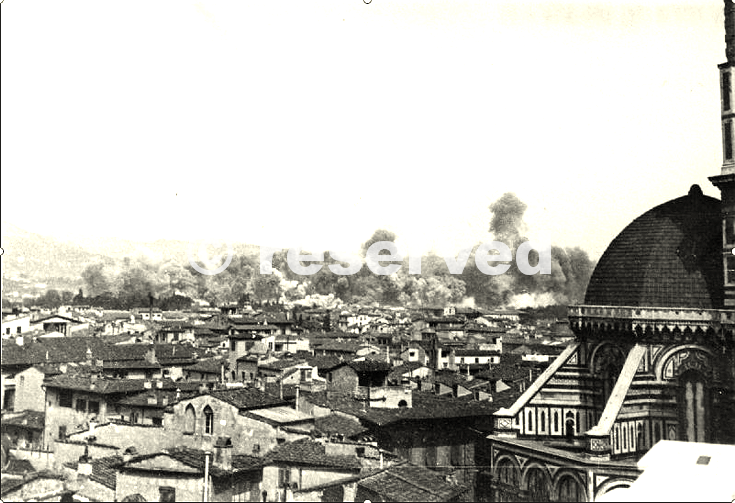
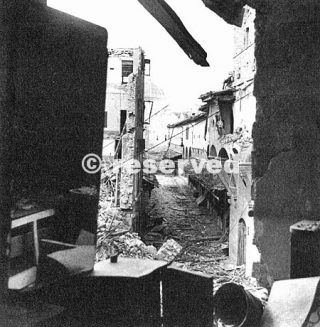
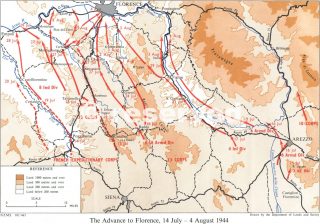
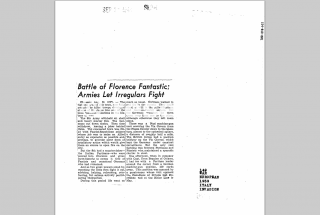
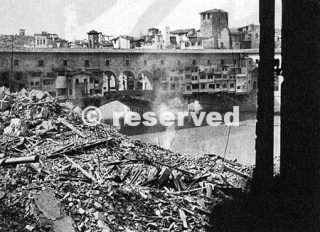
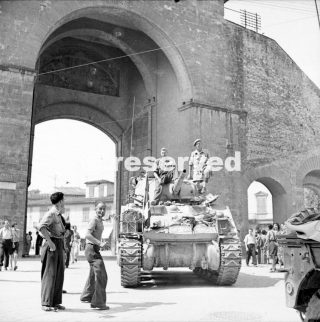
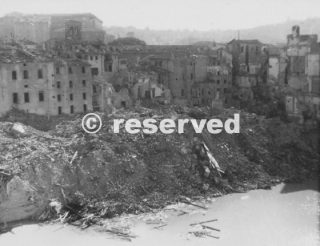
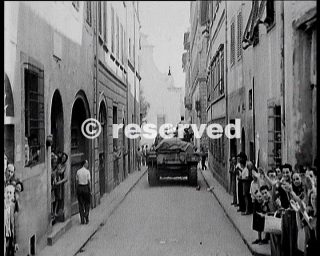
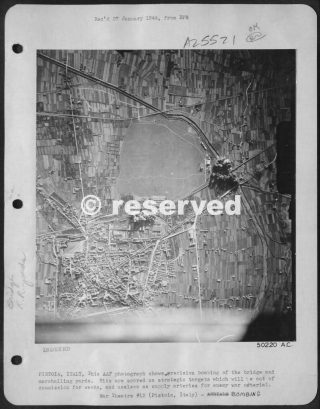
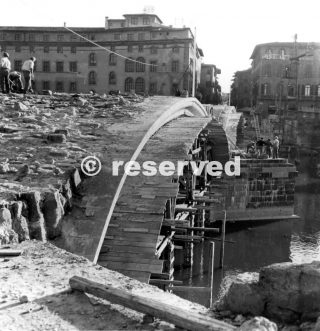
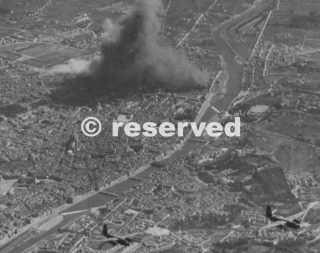
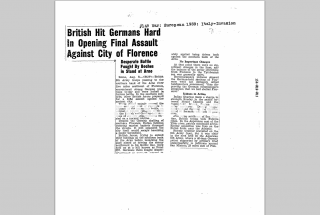
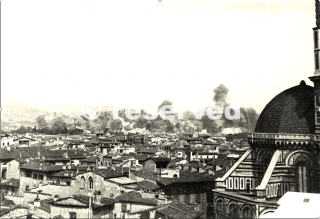
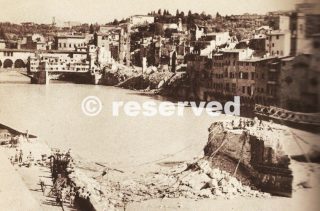
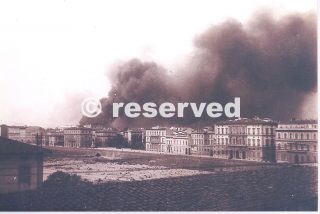
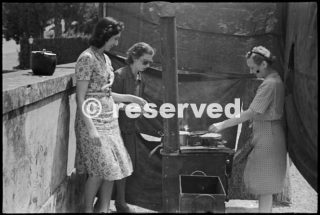
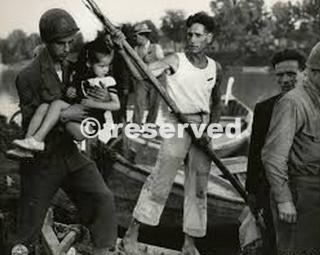
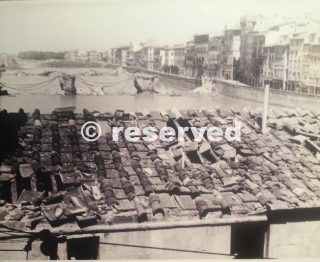
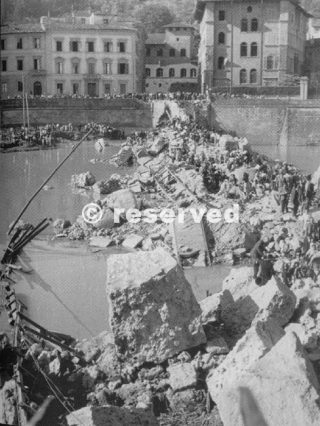
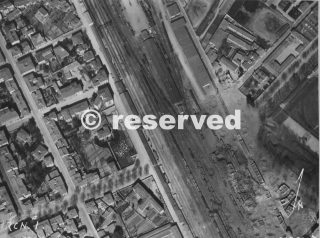
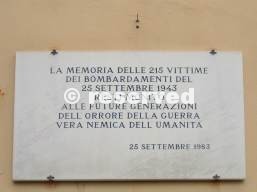
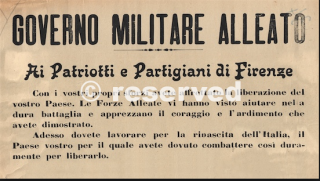
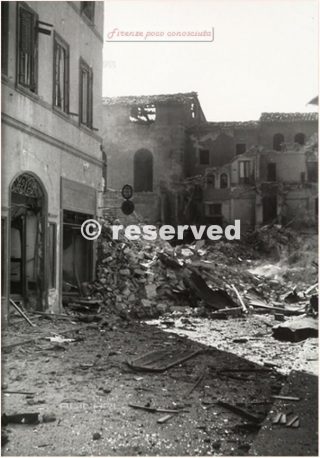
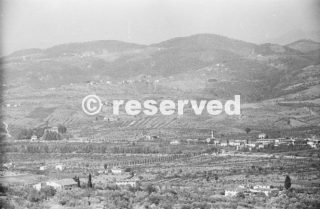
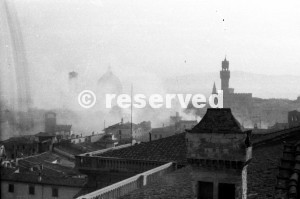
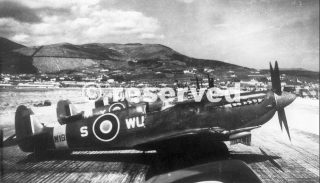
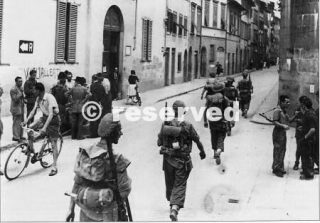
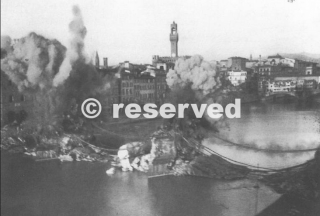
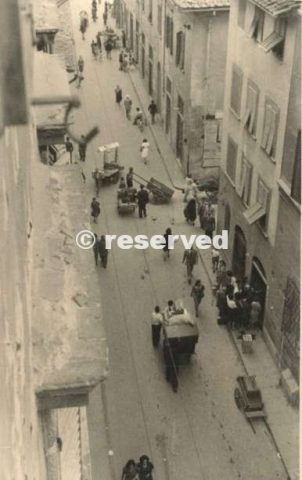
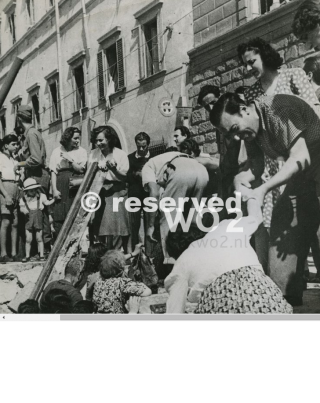
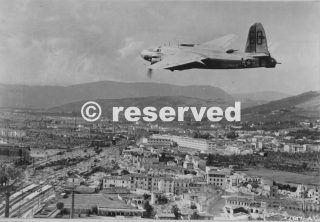
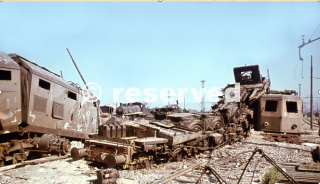
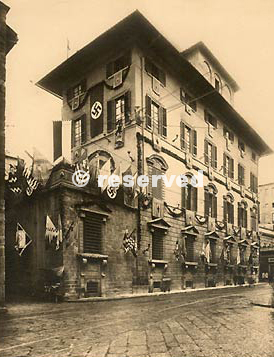
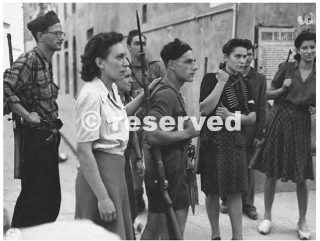
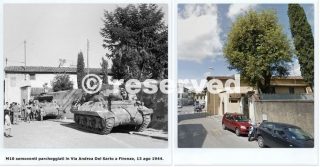
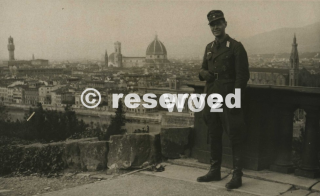
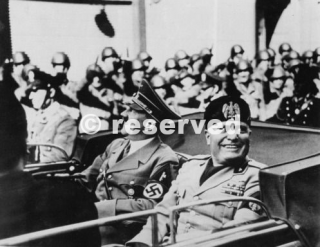
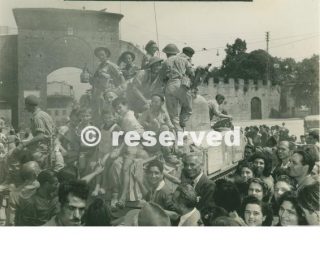
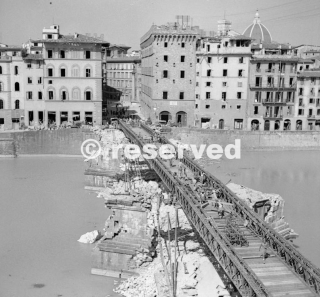
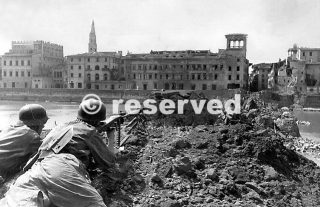
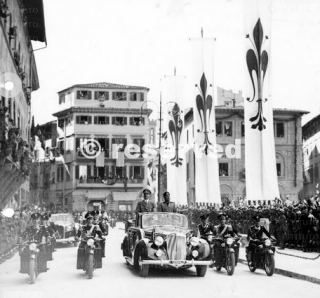
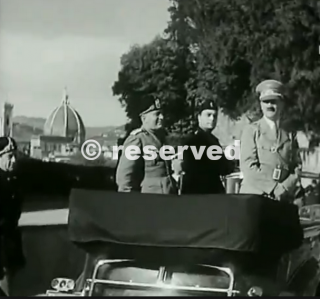
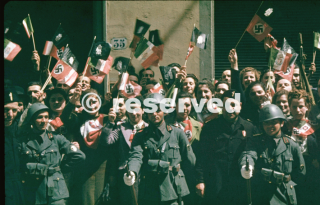
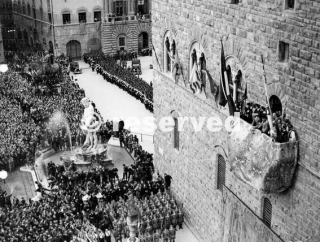
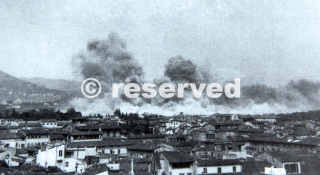
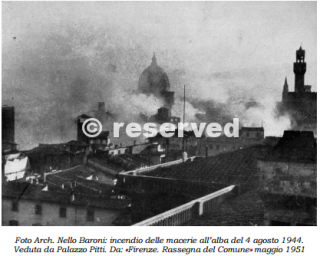
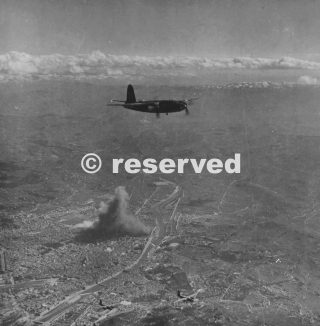
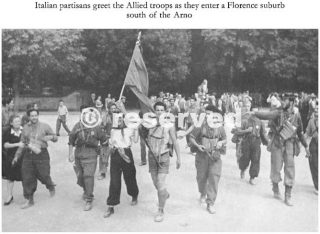
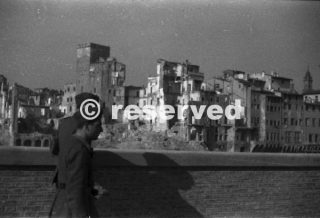
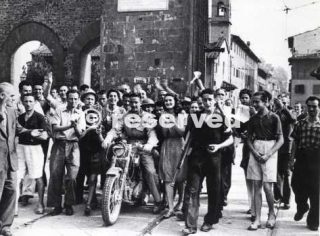
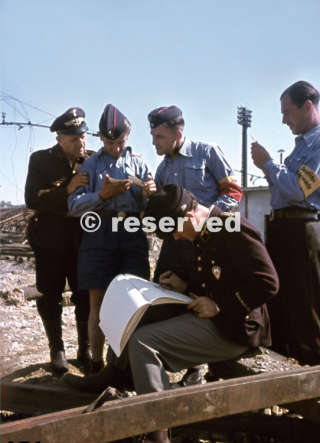
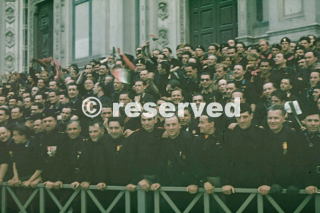
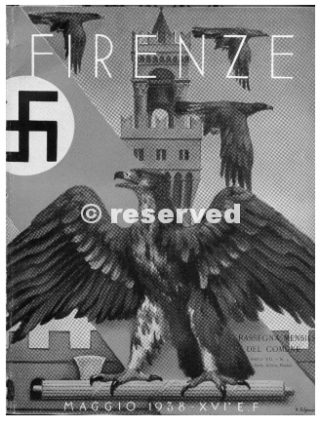
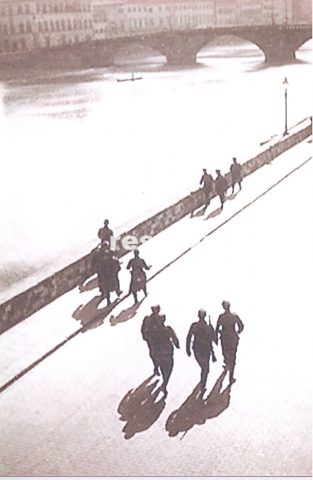
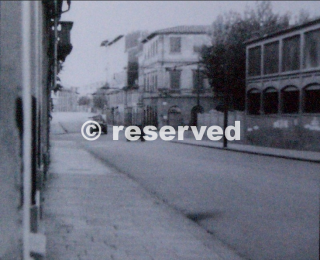
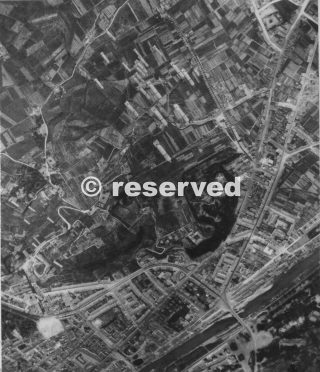
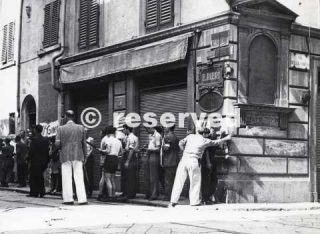
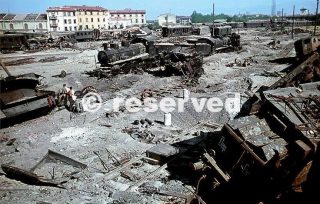
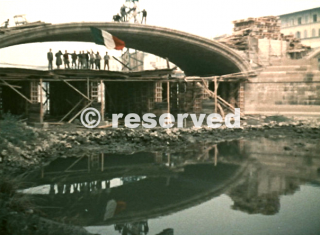
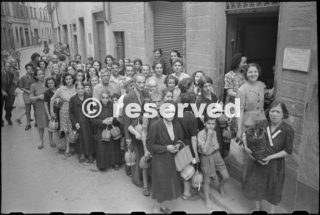
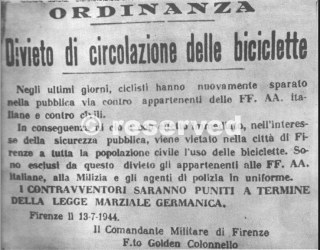
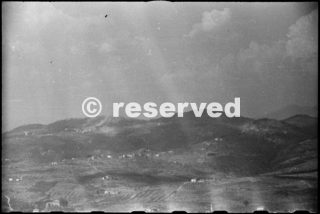
![firenze guerra documento giornale [wp_bannerize group="foto" random="1" limit="1"]](https://www.appunti.info/wp-content/uploads/2015/11/5099-252F854-252F154-018-030.pdf-320x215.png)
